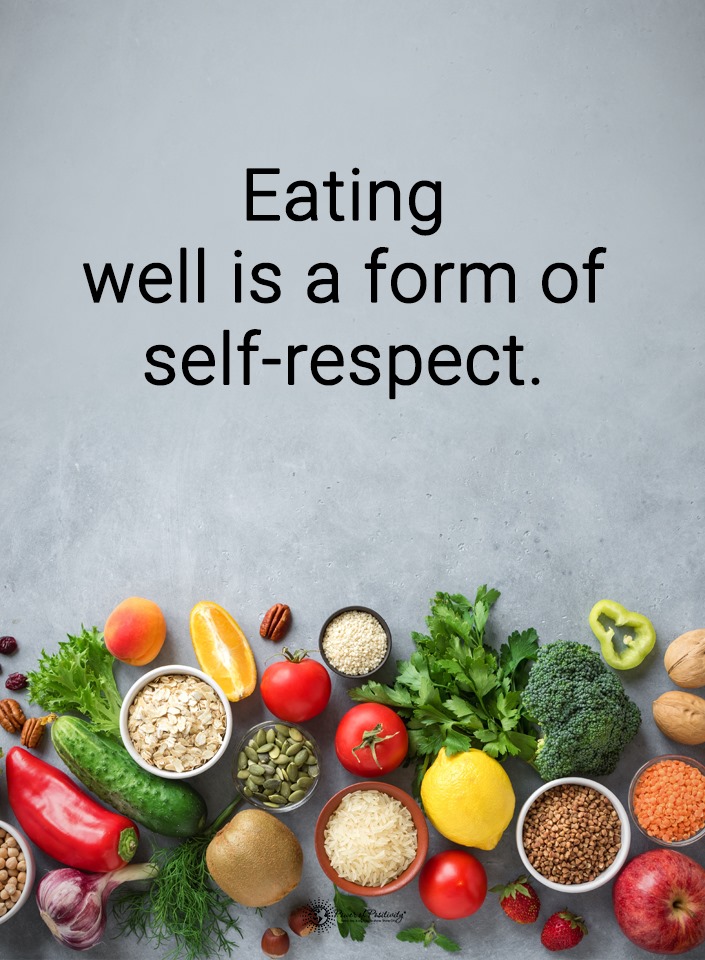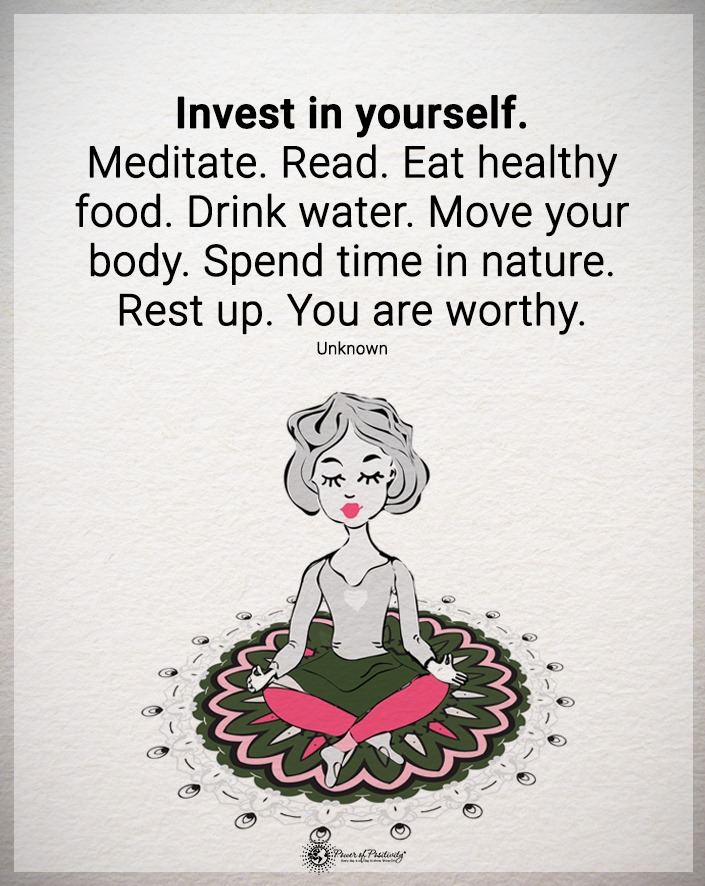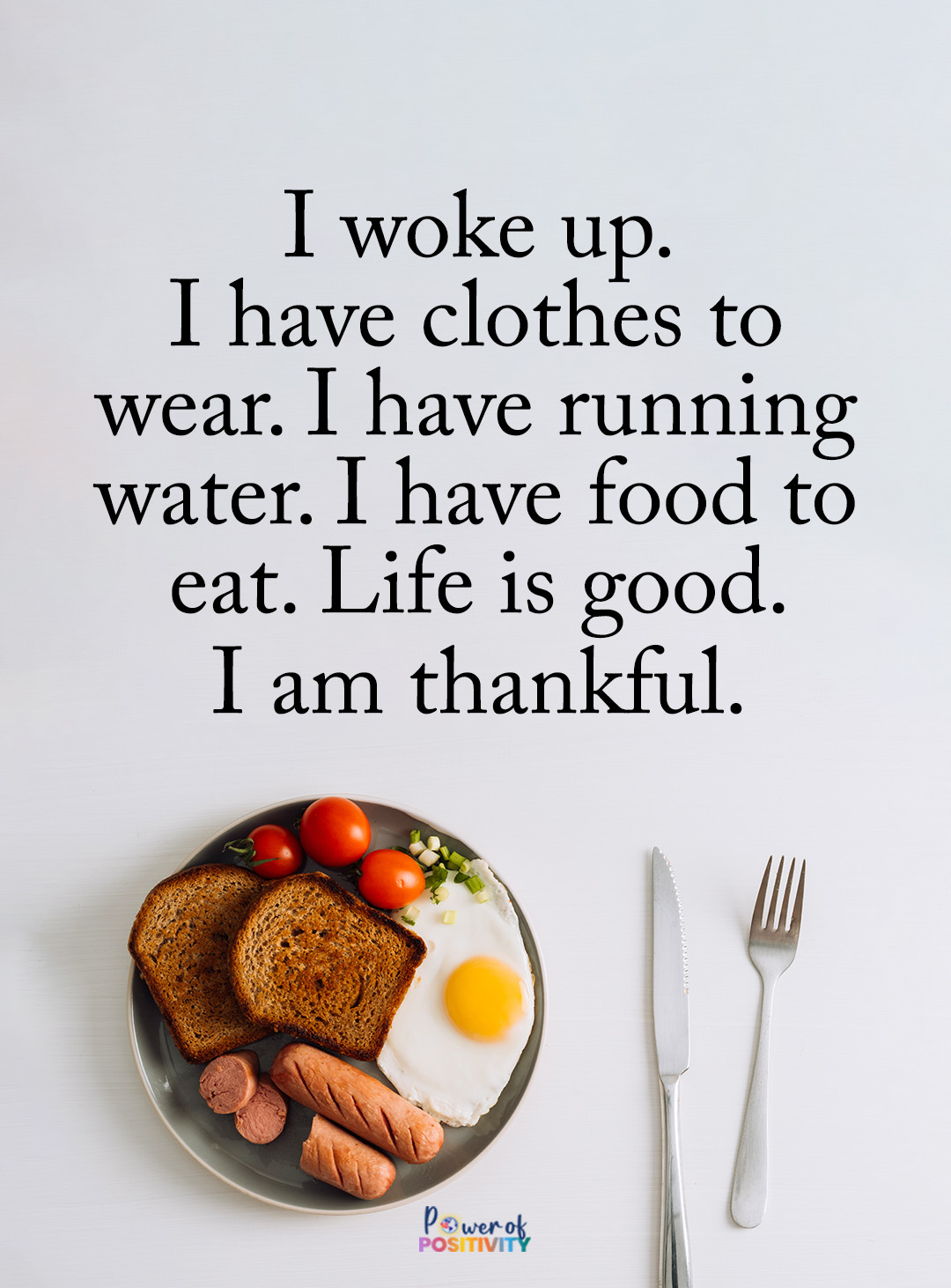Imagine shedding pounds while savoring delicious, wholesome meals. Sounds like a dream, right? But with a vegetarian diet, it’s entirely possible—and backed by science. 🌱
Vegetarian diets aren’t just about skipping meat. They’re about embracing vibrant, nutrient-packed foods that energize your body and mind. If you’ve been searching for a sustainable way to lose weight and feel amazing, you’re in the right place.
Studies have shown that a vegetarian lifestyle doesn’t just help with weight loss—it can double your results compared to other diets. Yes, double. And here’s the best part: it’s not about deprivation or complicated rules. It’s about enjoying fresh, colorful meals while nourishing your body from the inside out.
Keep reading to discover how going vegetarian can transform your health, your energy, and yes, your waistline. Let’s make healthy living easy and exciting!
Understanding Vegetarian Diets

Choosing a vegetarian diet isn’t just about skipping meat—it’s a lifestyle that embraces vibrant, nutrient-rich foods.
From improving health to supporting weight loss, this way of eating is gaining momentum for all the right reasons.
What is a Vegetarian Diet?
A vegetarian diet skips meat but includes a variety of plant-based foods. Depending on the type, it may also include dairy, eggs, or fish.
Types of Vegetarian Diets
- Flexitarian:
- A semi-vegetarian diet that includes dairy, eggs, and occasional small amounts of meat, poultry, or fish.
- Focuses on plant-based eating while allowing flexibility for animal-based foods in moderation.
- Pescatarian:
- Includes dairy, eggs, seafood, and fish but excludes other meats like beef, chicken, or pork.
- Often chosen for its emphasis on plant-based foods combined with the health benefits of seafood.
- Lacto-Ovo Vegetarian:
- Allows dairy products (e.g., milk, cheese) and eggs but excludes all types of meat, poultry, and seafood.
- One of the most common forms of vegetarianism.
- Vegan:
- Excludes all animal products entirely, including dairy, eggs, and honey.
- Focuses solely on plant-based foods such as fruits, vegetables, grains, legumes, nuts, and seeds.
Key Nutritional Focus
- 🫘 Protein: Found in beans, tofu, nuts, and seeds.
- 🥬 Iron: Boosted by lentils, leafy greens, and fortified foods. Pair with vitamin C for better absorption.
- 🌟 Vitamin B12: Needed by vegans from supplements or fortified products.
- 🥛 Calcium: Found in dairy, fortified plant milk, and leafy greens.
A well-balanced vegetarian diet can meet all your nutritional needs while supporting weight loss and health goals.
Benefits of a Vegetarian Diet for Weight Loss
Switching to a vegetarian diet can transform your weight loss journey. By focusing on nutrient-dense, plant-based foods, this approach supports healthy weight management while boosting overall well-being.
Beyond just cutting calories, vegetarian diets enhance your body’s natural fat-burning processes and provide long-lasting energy. Here are the key benefits:
- Naturally lower in calories, aiding in sustainable weight loss
- High fiber content improves digestion and prolongs satiety
- Stabilizes blood sugar, reducing hunger and cravings
- Supports metabolism with nutrient-dense, whole foods
- Lowers LDL cholesterol and reduces heart disease risk
- Backed by research for increased fat and weight loss
- Promotes better overall energy and vitality.
Best Foods for Weight Loss on a Vegetarian Diet
A vegetarian diet can be highly effective for weight loss when it includes nutrient-dense, whole foods and avoids calorie-dense, processed options. Below is a detailed breakdown of the best foods to include and those to avoid:
Protein-Rich Foods
Protein is essential for building muscle, maintaining satiety, and boosting metabolism. Key vegetarian sources of protein include:
- Legumes: Lentils, chickpeas, black beans, and kidney beans are high in protein and fiber, making them filling and nutritious
- Soy Products: Tofu, tempeh, edamame, and soy milk are complete proteins containing all nine essential amino acids
- Nuts and Seeds: Almonds, walnuts, chia seeds, flaxseeds, and pumpkin seeds provide protein along with healthy fats
- Whole Grains: Quinoa, oats, and wild rice offer a good balance of protein and complex carbohydrates
- Dairy and Eggs (if included): Greek yogurt, cottage cheese, eggs, and egg whites are excellent sources of high-quality protein
Healthy Fats
Healthy fats promote satiety and provide essential nutrients. Focus on:
- Avocado: Rich in monounsaturated fats that support heart health
- Olive Oil: A versatile source of healthy fats for cooking or dressings
- Nuts and Seeds: In addition to protein, they provide omega-3 fatty acids and fiber. Examples include chia seeds, flaxseeds, almonds, and walnuts
- Coconut (in moderation): Provides medium-chain triglycerides (MCTs) that can boost metabolism
Non-Starchy Vegetables
Non-starchy vegetables are low in calories but high in fiber, water content, vitamins, and minerals. These can be eaten in large quantities without significantly increasing calorie intake:
- Examples include spinach, kale, broccoli, cauliflower, zucchini, asparagus, bell peppers, cucumbers, tomatoes, mushrooms, and carrots
- Benefits: They promote fullness due to their high water content while providing essential nutrients like potassium and vitamin C
Whole Grains
Whole grains are a great source of complex carbohydrates that provide sustained energy:
- Examples include quinoa (a complete protein), brown rice, oats (rich in beta-glucan fiber), barley, and farro
- Benefits: High fiber content helps regulate blood sugar levels and reduces hunger cravings
Foods to Avoid
Certain foods can hinder weight loss efforts due to their high calorie content or lack of nutritional value:
- Highly Processed Vegetarian Foods:
- Veggie burgers with additives
- Frozen meals or desserts
- Meat substitutes like breaded patties or sausages
- Vegan cheeses with added fats and sodium
- Refined Carbohydrates:
- White bread
- Pasta made from refined flour
- Sugary cereals
- Crackers or bagels lacking fiber
- Sugary Foods and Beverages:
- Sodas
- Energy drinks
- Pastries or candies
- Flavored yogurts with added sugars
- Fried Foods:
- French fries
- Potato chips
- Tempura vegetables
- Overeating Calorie-Dense Foods:
- Excessive nuts or nut butters
- Full-fat dairy products like cheese or cream
- Large portions of avocado or coconut products
Vegetarian Meal Plan for Weight Loss
Embarking on a vegetarian diet can be both enjoyable and effective for weight loss. Here’s a concise 7-day meal plan, including breakfast, lunch, dinner, and snacks, each totaling approximately 1,500 calories per day.
| Day | Breakfast | Lunch | Dinner | Snacks |
|---|---|---|---|---|
| 1 | Greek yogurt with berries and chia seeds | Lentil soup with whole-grain bread | Grilled tofu, quinoa, and steamed broccoli | Almonds, apple; baby carrots with hummus |
| 2 | Overnight oats with banana and walnuts | Chickpea salad with spinach and cherry tomatoes | Stir-fried vegetables with tempeh and brown rice | Cucumber with guacamole; mixed nuts |
| 3 | Smoothie with spinach, berries, and almond milk | Wrap with hummus, roasted vegetables, and spinach | Eggplant curry with basmati rice | Boiled egg, grapes; celery with peanut butter |
| 4 | Scrambled eggs with spinach and whole-grain toast | Quinoa salad with roasted sweet potatoes and kale | Zucchini noodles with marinara and Parmesan | Trail mix; bell peppers with tzatziki |
| 5 | Avocado toast with cherry tomatoes | Black bean and corn salad with lime vinaigrette | Stuffed bell peppers with quinoa and vegetables | Edamame; orange with walnuts |
| 6 | Chia pudding topped with blueberries | Spinach and feta wrap with mixed greens | Sweet potato and black bean chili | Cucumber slices with hummus; roasted chickpeas |
| 7 | Smoothie bowl with granola and coconut | Grilled vegetable panini with a side salad | Mushroom risotto made with vegetable broth | Pistachios, pear; cherry tomatoes with mozzarella |
This meal plan offers a variety of flavors and nutrients to support your weight loss journey. Adjust portion sizes as needed to meet your individual caloric requirements.
Nutritional Highlights
- Carbs (~60%): Whole grains, fruits, veggies.
- Protein (~15–20%): Legumes, tofu, eggs.
- Fats (~20–25%): Nuts, seeds, avocado.
- High fiber for digestion and sustained energy.
Tips for Successful Weight Loss on a Vegetarian Diet

Embarking on a vegetarian diet for weight loss can be both rewarding and effective. To enhance your success, consider the following strategies:
1. Meal Prepping and Planning
- Dedicate time to plan and prepare meals in advance. This approach reduces the temptation to opt for less healthy, convenient options.
- Prepare large quantities of staples like grains, legumes, and roasted vegetables. Store them for easy assembly of balanced meals throughout the week.
2. Incorporate a Variety of Foods
- Include a wide range of fruits, vegetables, whole grains, legumes, nuts, and seeds. This variety ensures a comprehensive intake of essential nutrients.
- Integrate plant-based protein sources such as beans, lentils, tofu, and tempeh to support muscle maintenance and satiety.
3. Practice Mindful Eating
- Pay attention to hunger and fullness cues. Avoid eating out of boredom or emotional triggers.
- Take time to enjoy each bite, which can enhance satisfaction and prevent overeating.
Frequently Asked Questions
1. Can a vegetarian diet provide enough protein for weight loss?
Yes, it can. Foods like beans, lentils, tofu, tempeh, nuts, seeds, and dairy products provide high-quality protein. Including a variety of these ensures you meet your protein needs for muscle maintenance and weight loss.
2. What vegetarian foods are best for weight loss?
Non-starchy vegetables (e.g., spinach, broccoli), whole grains (e.g., quinoa, brown rice), legumes, tofu, and healthy fats like nuts and seeds are ideal. These foods are nutrient-dense, high in fiber, and help you stay full longer.
3. How can I avoid common mistakes on a vegetarian diet for weight loss?
Avoid relying on processed vegetarian foods like frozen meals and meat substitutes, which can be high in calories and sodium. Focus on whole foods, monitor portions (even for calorie-dense options like nuts), and ensure a balanced intake of essential nutrients.
4. Is a vegetarian diet effective for long-term weight loss?
Yes, it promotes sustainable weight loss by focusing on whole, fiber-rich foods. Pair it with regular exercise and mindful eating practices to maintain results over time. A vegetarian lifestyle is linked to improved health and steady weight management.
The Final Bite
Switching to a vegetarian diet for weight loss offers a powerful combination of health benefits: fewer calories, more nutrients, improved metabolism, and steady energy. By embracing a variety of plant-based foods, you can achieve your goals while enjoying delicious and satisfying meals.
✨ Remember, every step toward a healthier lifestyle counts. If you’re considering a big dietary change, consulting a healthcare professional ensures you meet your unique nutritional needs.
The journey to better health isn’t just about losing weight—it’s about gaining confidence, vitality, and a love for the foods that fuel you.
Ready to make every bite a step toward your best self? Let’s do this!


















